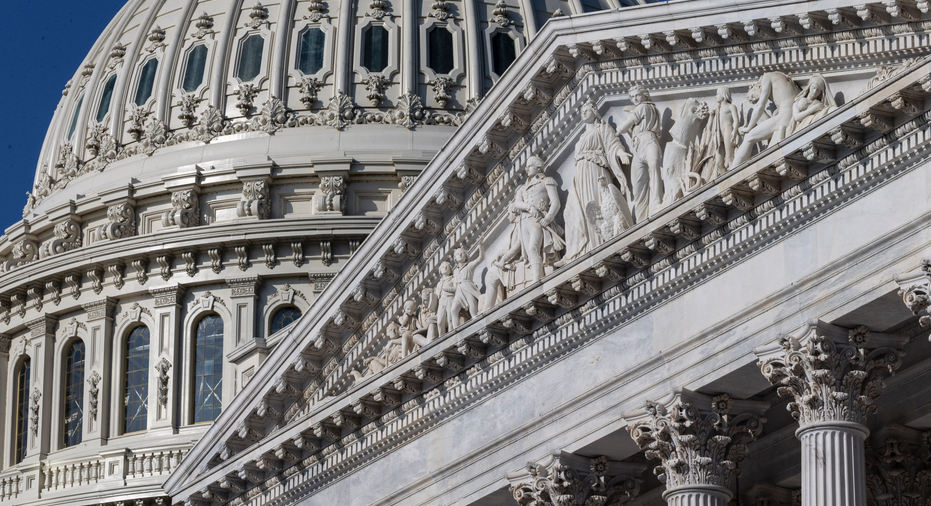May budget deficit hits record $207.8 billion

The federal government's budget deficit in May rose to a record $207.8 billion, 41.5% higher than a year ago. Most of that increase reflected the impact of calendar quirks that shifted $55 billion in June benefit payments into May.
The Treasury Department said Wednesday that the increase in the May deficit from an imbalance of $146.8 billion in May 2018 reflected the fact that because June 1 fell on a Saturday, benefit payments for June were paid out in May.
Through the first eight months of this budget year, the budget deficit totals $738.6 billion, an increase of 38.8% over the same period last year. For the full year, it is expected to climb sharply, with the Trump administration forecasting it will top $1 trillion from $779 million last year.
The Congressional Budget Office is forecasting a slightly lower deficit of $896 billion for this year, but that would still be up 15% from the 2018 deficit.
The Trump administration is forecasting that the deficits will top $1 trillion for four years before starting to decline. The CBO is forecasting that the deficits will top $1 trillion beginning in 2022 and will remain above $1 trillion annually through 2029.
The big increase in deficits is coming after President Donald Trump's pushed a $1.5 trillion tax cut through Congress in 2017. Congress then approved sharp increases in spending for the military and domestic programs beginning in 2018.
Spending so far this year totals $3.01 trillion, up 9.3 percent from the same period in 2018, while government receipts total $2.27 trillion, an increase of 2.3 percent.
Interest on the $22 trillion national debt is one of the fastest growing parts of the budget with net interest payments totaling $268.3 billion, up 15.6 percent from a year ago. That reflects the fact that interest rates have risen and there is now more debt to finance.
Tariff payments to the U.S. Treasury so far this year total $46 billion, up 80 percent from a year ago. That reflects the higher tariffs Trump has imposed on China and other nations as part of his effort to strike better trade deals.
On May 10, Trump boosted the tariff on $200 billion of Chinese goods from 10% to 25% after talks between the two nations on a trade deal sought by Trump broke off.
Trump has said if an agreement is not reached he is prepared to expand the penalty tariffs to another $300 billion in Chinese products.
Trump and Chinese President Xi Jinping are scheduled to meet at a Group of 20 economic summit at the end of this month with hopes the two nations can make progress on restarting the talks then.